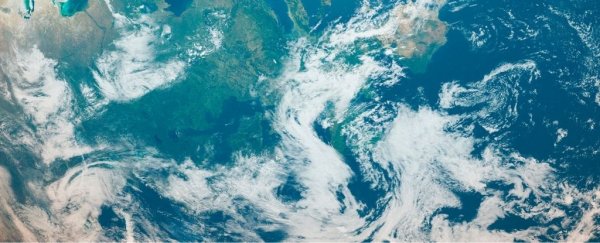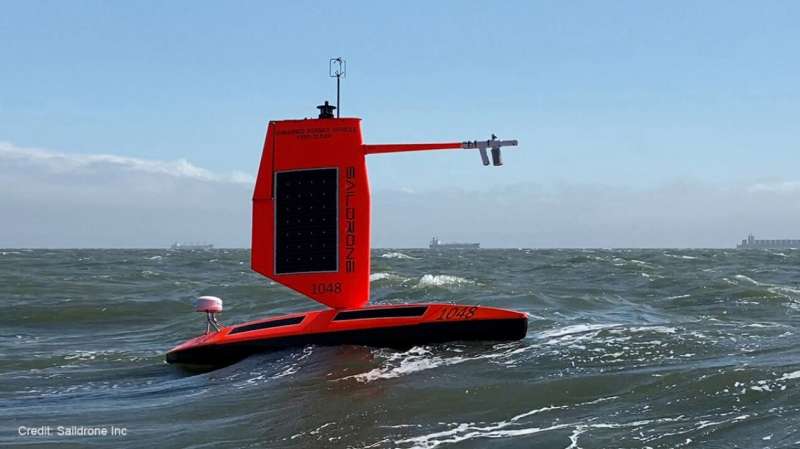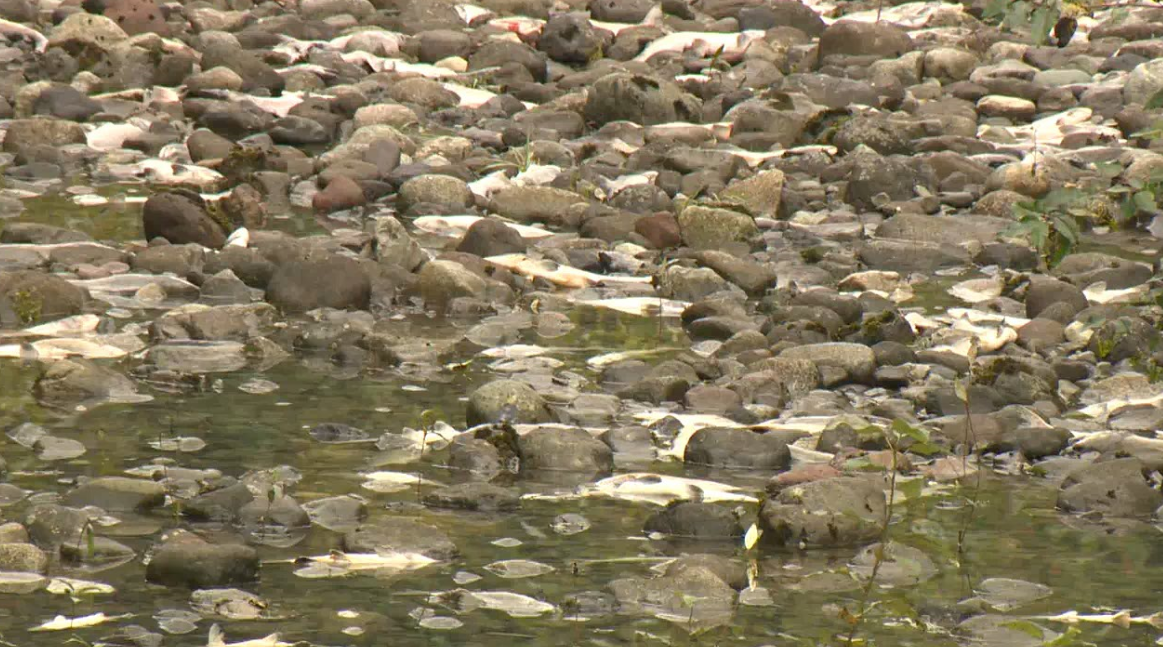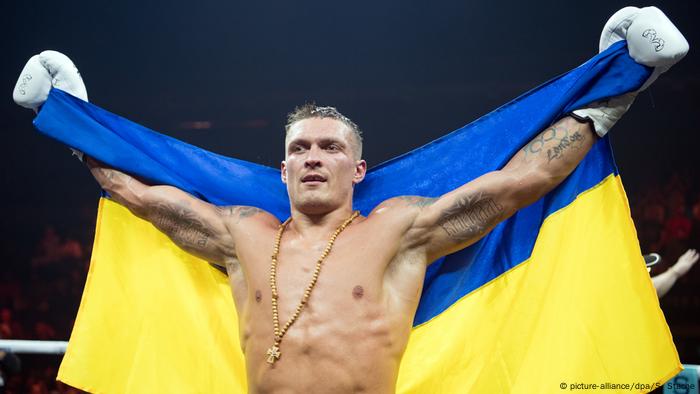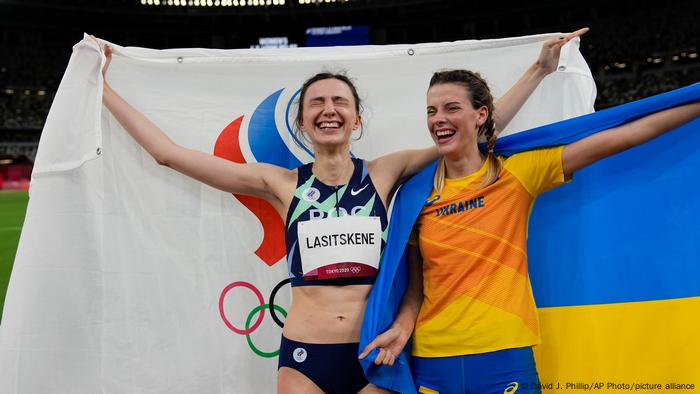COP26's success rests partly on global climate fund promised in 2015 — and it's short billions
Canadian environment minister tasked with arm-twisting
nations for additional funding
Climate scientist Saleem Huq says the world should prepare for a big letdown when the UN climate conference gets under way next month in Glasgow, Scotland.
One of the major accomplishments of the Paris climate conference in 2015 was the promise that the world's richest nations would contribute to a $100 billion US fund that developing countries could draw upon to help speed up their economic transition away from fossil fuels.
But six years later, that pot of money still doesn't exist.
Have questions about climate science, policy or politics? Email us: ask@cbc.ca. Your input helps inform our coverage.
"They just failed to do it," said Huq, director of the Dhaka-based International Centre for Climate Change and Development and a prominent voice on the topic in low-lying Bangladesh, which is especially vulnerable to climate-related emergencies such as floods and rising sea levels.
"That strikes me as being totally incompetent and negligent."
With time running out before the start of the 26th Conference of the Parties (COP26), host Britain has delegated the difficult task of trying to wrangle the missing billions to Canada — and Environment Minister Jonathan Wilkinson in particular.
Although he was re-elected in the Sept. 20 federal election, Wilkinson says he doesn't know if he'll be re-appointed to the environment portfolio in the upcoming cabinet. Regardless, he says he made the decision to head to Europe this week to try to twist some arms.

The Italian city of Milan is hosting several crucial pre-COP26 gatherings this week, including a ministers meeting along with a summit of activists and youth leaders.
"We're working right now to corral commitments from all countries so that we're making progress toward that $100 billion," Wilkinson told CBC News in an interview before flying to Milan.
"I don't think there's been .. an organized effort to try to pull all of these threads together and to look at where we might find additional resources."
Wrangling money
COP26 organizers have set three key "deliverables" as the bar for success in Glasgow.
In addition to the financing deal, there's the commitment of ambitious emissions reduction targets from each nation — especially the biggest polluters — to keep global warming to less than 1.5 C above pre-industrial levels, as well as a timetable to make the burning of coal history.
Of those three priorities, raising the transition money should have been the easiest, says Huq.

According to an OECD analysis, the total amount pledged to date for the fund was last pegged at $79 billion. Last week, President Joe Biden said the U.S. — one of the world's largest per capita emitters — would double its own contribution to more than $11 billion.
Huq said that falls short of what's required. The U.S. "owes probably five to 10 ten times more than it has given, in [light] of its own historic emissions."
In June, Prime Minister Justin Trudeau announced Canada would double its commitment to the international climate fund to $5.3 billion over five years.
Wilkinson refused to name specific countries that he believes need to cough up more money, nor would he give an exact figure of what he's looking to raise.
WATCH | Global inaction is a key concern ahead of COP26:
Dropping coal is key
Huq is disheartened by the state of co-operation and the likelihood that the world's richer nations will deliver what they have promised.
It's also clearly a worry for British Prime Boris Johnson, who vowed to make the Glasgow event a "turning point for humanity."
His government has kicked the equivalent of $15 billion into the fund, but Johnson has said he sees only a 60 per cent chance that countries will come through with the outstanding money.
Wilkinson said he believes predictions of the Glasgow summit's failure are premature.
"The most important first step the world can take [in reducing emissions] is to accelerate the phase-out of coal, and certainly to stop the construction of new coal-fired power plants," he said.
He noted that China, which releases more greenhouse gases into the atmosphere than any other country, recently said it would stop financing new coal-power plants abroad.
But to the disappointment of Glasgow organizers and climate campaigners everywhere, China still hasn't come out with a concrete timetable for reducing its own emissions to help hit the 1.5 degree target.
A UN report earlier this month contained little in the way of optimism that the target is even reachable anymore. After examining the pledges made by nations so far, it concluded global emissions would be 16 per cent higher in 2030 than in 2010 — far off the 45 per cent reduction by 2030 that scientists say is needed.
The question of inclusion
The city of Glasgow, meanwhile, is slowly gearing up for its moment in the global spotlight.
In the city centre, the 400-year-old Tolbooth Steeple has been transformed into a minute-by-minute reminder of what's at stake if COP26 fails to deliver.
Glasgow's city council has beamed a projection of a countdown clock that ticks down the years, days and hours to when it will be too late to stop the planet from warming past 1.5 C, which is in less than seven years' time.
If that happens, there's broad scientific consensus that the result will be more extreme weather events, drought, greater economic losses and destruction of marine life.
There are ongoing concerns that the persistence of COVID-19 and the U.K.'s strict border measures will limit the participation at COP26 of many advocacy groups who claim they are already shut out of the formal talks.

"We've got a situation where a lot of the people who should be at COP are not able to come," said Mim Black, a Glasgow-based climate justice activist.
The U.K. has promised to ensure any official delegate in need of a government-approved vaccine to enter the country will get it, but Black says that pledge does not extend to thousands of activists and campaigners who also want to attend.
Despite significant challenges, Wilkinson believes COP26 has the potential to build on the work of previous climate summits.
"I don't think we're necessarily going to resolve everything at Glasgow," he said.
"But I think what we need to do is show a big step forward in terms of global momentum. And I am very hopeful that we are going to see that, certainly on the international climate finance side of things."
Minister corralling $100B climate funds
says he’s ‘cautiously optimistic’ on its
delivery
By David Lao Global News
Posted October 3, 2021
WATCH : 06:43 Environment Minister ‘cautiously optimistic’ about securing $100-billion climate change fund on time

Speaking with The West Block’s Mercedes Stephenson, Jonathan Wilkinson said that the fund, which is specifically earmarked to help developing countries fight climate change, was a “critical piece” in the Paris Accords’ architecture.
READ MORE: Climate change might be spiraling out of control. What does that mean for Canada?
According to Wilkinson, both Canada and Germany agreed to help corral the money in advance of the 2021 United Nations climate conference, also known as COP26, after funding for the program had slowed.
“We have been spending a lot of time over the last couple of months doing that, and certainly the last couple of days were meeting with a lot of countries to twist their arms about being more ambitious with respect to climate finance,” said Wilkinson, who at the time had spent several days in Milan for the conference’s final set-up in agenda.
“I would say that I am cautiously optimistic that we are going to be able to deliver on that when we get to COP. But of course, there’s still a bit more work for us to do over the coming days.”
On Friday, Wilkinson said that both Canada and Germany were making “a lot of progress” in their efforts and that he had spent the last two days in Milan in a series of bilateral meetings with some of the world’s most powerful and richest countries.
More than 10 years ago, those same nations had collectively agreed to raise $100-billion in climate financing a year by 2020 in order to help fund the developing worlds’ efforts to adapt and mitigate against climate change.
READ MORE: ‘Climate migrants’: Report warns 200 million could be pushed out of homes by 2050
Last month, the OECD revealed that those developed countries were US$20 billion short of that $100-billion goal — and with those wealthy nations producing a majority of the emissions responsible for destabilizing the planet’s climate and warming it at an increasingly rapid rate — Wilkinson and Germany’s environment state secretary Jochen Flasbarth both agreed to help get them to cough up the cash.
“I would say that we have made a lot of progress and certainly Germany and Canada are working very hard to ensure that we can and we will deliver on the $100-billion commitment,” said Wilkinson on Friday during a telephone news conference from Milan.
While he confirmed that no new promises of the cash had been announced by other countries yet, he said that he was given assurances by a number of them about incoming funding commitments.
READ MORE: ‘Code red for humanity’: Climate change spiraling out of control, U.N. report says
U.S. President Joe Biden had also fulfilled his promise to rejoin the Paris Agreement — an agreement former president Donald Trump backed out of, ending U.S. climate financing.
Biden however said he’d double the U.S. contribution to the fund by 2024, earning praise from Wilkinson who added that the financial commitment was “critical” for them to hit that $100-billion goal.
A report documenting what has been promised so far and how Wilkinson and Flasbarth intended to get the rest is expected to be published later in October.
“But at the end of the day, we are facing an existential threat,” said Wilkinson.
“It’s not a question of whether we reduce greenhouse gas emissions. It’s about how we do it.”
© 2021 Global News, a division of Corus Entertainment Inc.



 This article is republished from
This article is republished from 